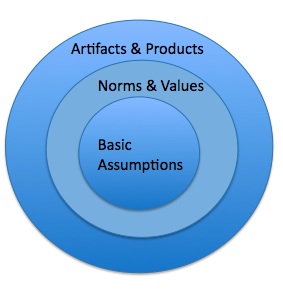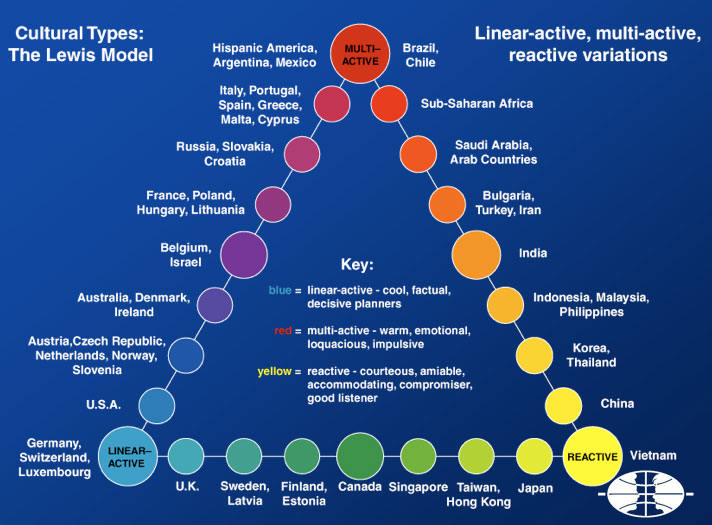Excellent read! Leaders who lead with fear spread fear, leaders who lead with empathy spread empathy. Are you in a ME or WE workplace?
Category: Communication
At least 6 lessons children can teach us in communications
When working or living with small children, it always strikes me how communications is brought back to its basics. A 3 year old will certainly not engage in lengthy technical conversations with you (at least not from my experience, let me know if otherwise!).
;
He/she will screen your face and figure out what you are really thinking and how he/she should react to what you are saying. You will possibly get a simple ‘why’ as a response, repeating itself as you are desperately trying to find answers to all the questions. You might even unintentionally make an angry face and try to say something nice; which might prompt the kid in front of you to be afraid or to scream and you would not even know why.
In short, for me, children are the best teachers. They will test you and hold up a mirror right in front of you, if you want it or not. So, here are at least 6 simple things that you can learn from them
- Communicate in a clear and simple manner; don’t spend time and effort to outline every little detail of your thought. Stick to the important parts of the message.
- Communicate not only verbally but using body language to stress what you are actually saying. Some cultures are pretty good at that; try it out for yourself!
- Be able to laugh about yourself: not only is laughing very healthy but it helps putting everything into the right perspective.
- Always question yourself ‘why’ before asking somebody to do something, it will bring clarity into your own thoughts, i.e. you might want to ask yourself if what you are asking is really a priority or if something else should rather be achieved.
- Listen attentively and with empathy or don’t listen at all; capture the key points of what is said and respond to these. Focus on the person you are listing to and not on what you would have to say about this topic. Other people might have an interesting opinion as well, so it is definitely worth listening.
- Be open and prepared for negative and positive feedback to what you are saying/the message you are conveying. Constructive feedback is your best bet; it will help you become even more efficient and productive.
Do you have any similar experiences you would want to share? Let me know!
Addendum – About cultural types, European culture and intercultural competence
As an addendum to my last post on cultural types, European culture and intercultural competence I have at least to say a word about languages. With a smile I have to admit that thankfully nobody ever made me learn Esperanto[1]… what a funny thought that is: having one European common language. But: could a language really exist without having a cultural background? Interesting question indeed as in the common theories[2], language is determined by culture but culture also by language. It is true though that the more languages you speak the easier it gets when we speak about my particular domains of expertise at least which are communications, leadership and coaching. When being able to talk to your international team members in their language or to coach people in their language of origin, it truly makes a difference. Not only will you find that people open up easier but you are also not confronted to the barriers of communicating in a foreign language, as non-natives very often have difficulties to formulate their inner thoughts, worries or motivations in another language.
So, not only does a multicultural and multi-facet background give me access to intercultural skills but also the ability of speaking and thus being able to communicate in a variety of languages. This becomes very relevant when looking into emphatic listening[3] or mindful conversation[4] for example. If the ‘receiver’ of your message doesn’t understand what you actually mean and doesn’t ask (depending on the culture your interlocutor actually comes from, it might even be considered as rude to ask questions), the communication process will not function adequately resulting in misunderstandings and more.
If you now apply this to digital means of communication like e-mail and such where it is even harder to communicate what you want to say – as you only have words and the tone of these to express yourself – plus you communicate in a language which is not your main one, you can imagine how difficult transmitting any message gets. From my experience, I honestly have to say that most of the problems arising in multicultural leadership/working teams stem from misunderstandings or misinterpretations from what has been originally said or demanded. In such an environment it is thus of crucial importance to pay particular attention to the original culture, language and behaviors of people so that a common ground for discussion and exchange can be found! And: I don’t think that Esperanto would have solved these problems J
[1] Please see Wikipedia: http://en.wikipedia.org/wiki/Esperanto for reading more about what Esperanto is!
[2] See for example this excellent article in the Wall Street Journal “Lost in translation”: http://tinyurl.com/2bmmtfd or this link on language and culture: http://tinyurl.com/9pt2ldz
[3] As explained in my blog entry on ‘the power of listening’ for example.
[4] According to Chade-Meng Tan, mindful conversation consits of three components : listening, looping and dipping. See his book “Search Inside Yourself” p. 60-62.
How to Say “NO” to Your Boss When Appropriate–5 strategies
Something to integrate into your own working life!
Four Steps to Building a Strategic Communications Capability
Ecellent post by by Georgia Everse, Harvard Business Review
Mindful leadership in a multicultural environment – Part II
Before looking into the different aspects of what it means to be a leader in a multicultural environment, what problems can arise and how to solve them, a commonly used term has to be defined. The word ‘culture’ is used in so many ways today but do we really know what lies behind it? In fact, many different definitions exist, depending on the context the word is used in. Geert Hofstede, a well-known Dutch researcher in the field of organisational studies, says the following: culture is “(…) the collective programming of the mind distinguishing the members of one group or category of people from another”. The ‘category’ can refer to nations, regions within or across nations, ethnicities, religions, occupations, organizations, or the genders.”[1]
For my purposes, a definition I find most useful is that of the ‘onion-model’ of culture from Trompenaars. It describes something complex as culture with a simple image, that of an onion, where the outer layer represents behaviours, language, food, clothing etc. of a person; looking more to the inside one can find norms and values. The inner core layer finally, is made of “basic assumptions”[2] like routine actions and beliefs that are deeply rooted inside.  ”Onion Model” of Culture[3]
”Onion Model” of Culture[3]
What this model really shows is that we cannot judge or pretend to understand a person simply from his or her behaviours, clothing and food. There is much more to culture than what we can actually see. Acknowledging this fact and being mindful when being part of or leading international teams, will actually help avoiding misunderstandings and bring clarity. “The first step for leaders is to help all players recognize that there are cultural differences – to recognize their importance and impact”.[4]
Let me give you an example: a simple question at the end of a workshop or meeting like “does everybody understand what the next steps are, i.e. is everything clear” can have a different impact on people with various cultural backgrounds. Whereas in some cultures people are used to ask questions, seek clarification and understanding, in some other cultures admitting that things are not clearly understood is actually considered as ‘losing ones face’; hence there won’t be any questions or signs that some information was missing which for the workshop or meeting leader will be very confusing as he/she will be expecting a certain output. In order to avoid this particular situation, it can be very helpful to have a look at cultural type models, like the “Lewis’ model” to give one example:[5] Although it appears difficult to categorize every single person, this model provides a helpful approach and can already solve many problems before they appear.
Although it appears difficult to categorize every single person, this model provides a helpful approach and can already solve many problems before they appear.
Specialised coaches can of course help navigate the uncertain waters of intercultural management. Part III of this article will look into the difference of intercultural coaching versus coaching in an intercultural management environment as well as highlight the difference between measures on the job and measures off the job. Stay tuned!
[1] From: http://geerthofstede.nl/culture.aspx
[2] See also: F. Trompenaars and P. Woolliams: „Transcultural Competence through 21 Reconciliations“. In: 21 Leaders fort he 21st Century – How innovative Leaders manage in the digital age. Editor. F. Trompenaars and Ch. Hampden-Turner. Oxford 2001, p. 397-398.
[3] In alteration from H. Blom and H. Meier: „Intercultural Management“ (=International Management. Editor. H. Meier). Page 40.
[4] Trompenaars/Woolliams: Transcultural Competence, p. 397
[5] R. Lewis: http://www.crossculture.com/services/cross-culture/; see also: R. Lewis: “When teams collide – Managing the international team successfully”, Nicholas Brealey Publishing, London 2012, p. 13.
You always have a choice—the power of reframing
Positive attitude and mindful thinking impacts all we do but we tend to forget that all too often. Excellent read!


